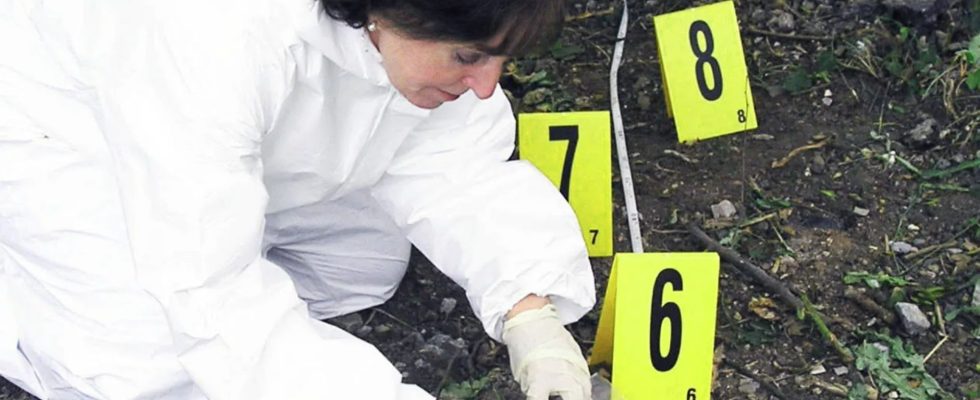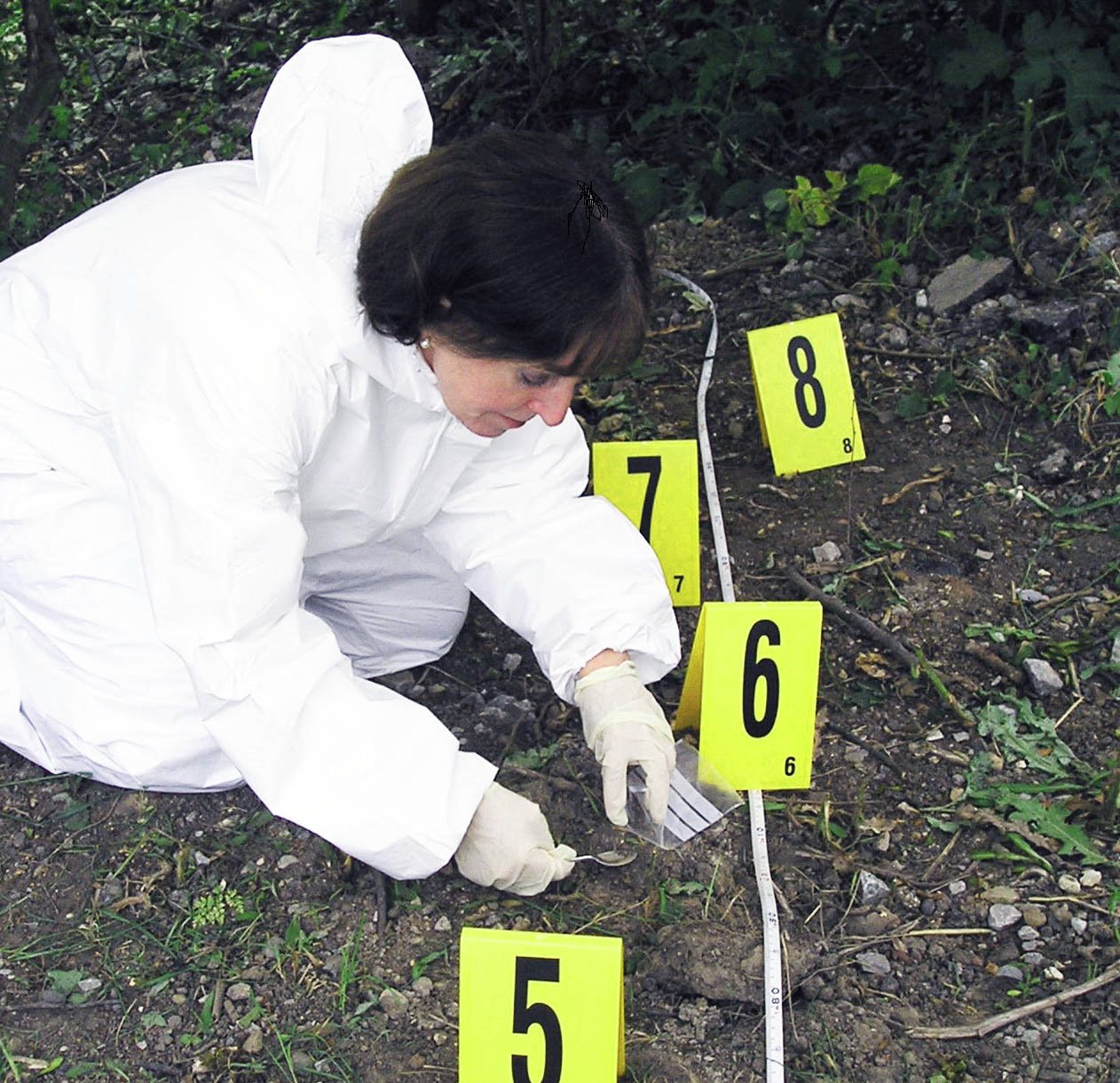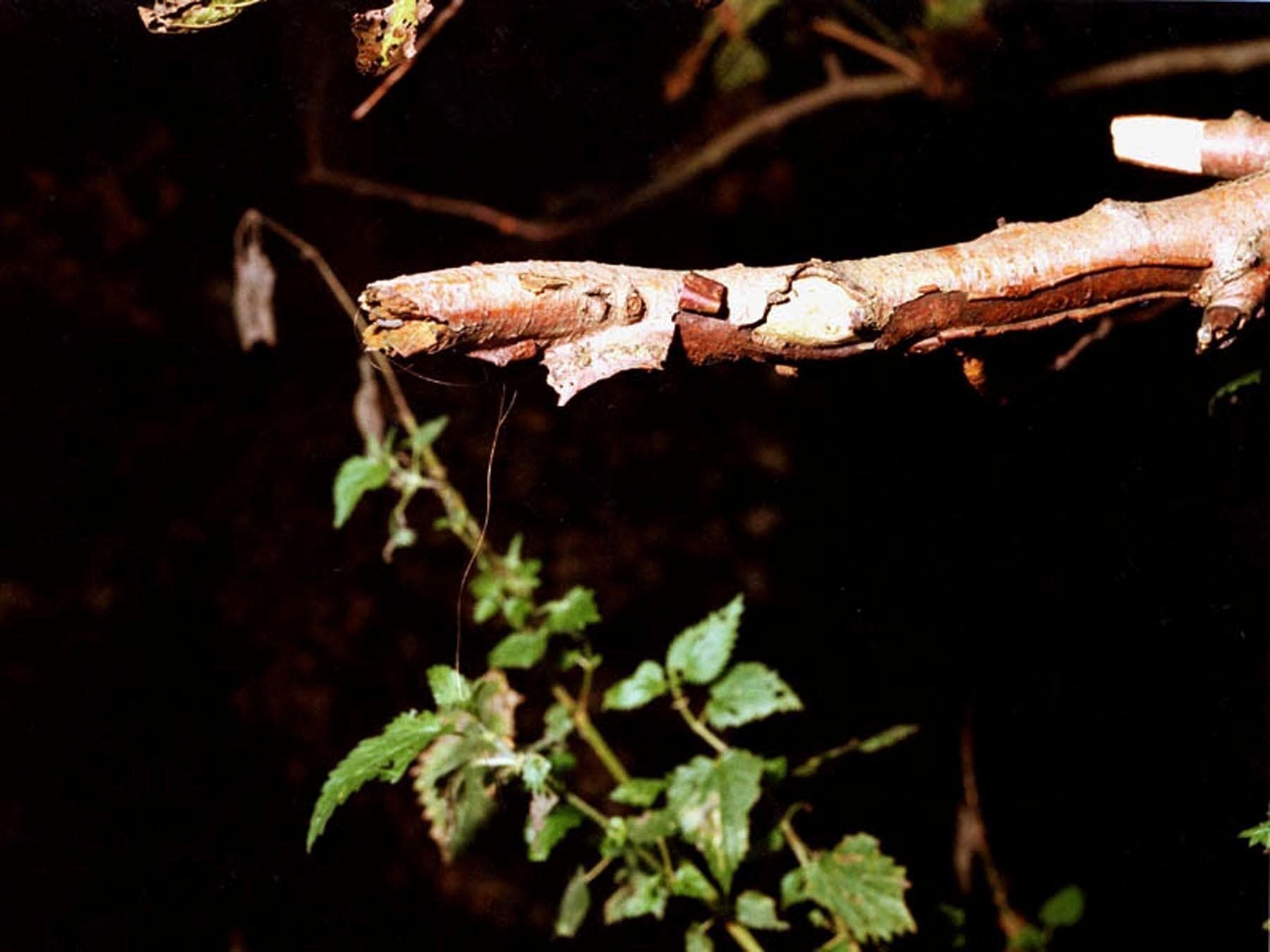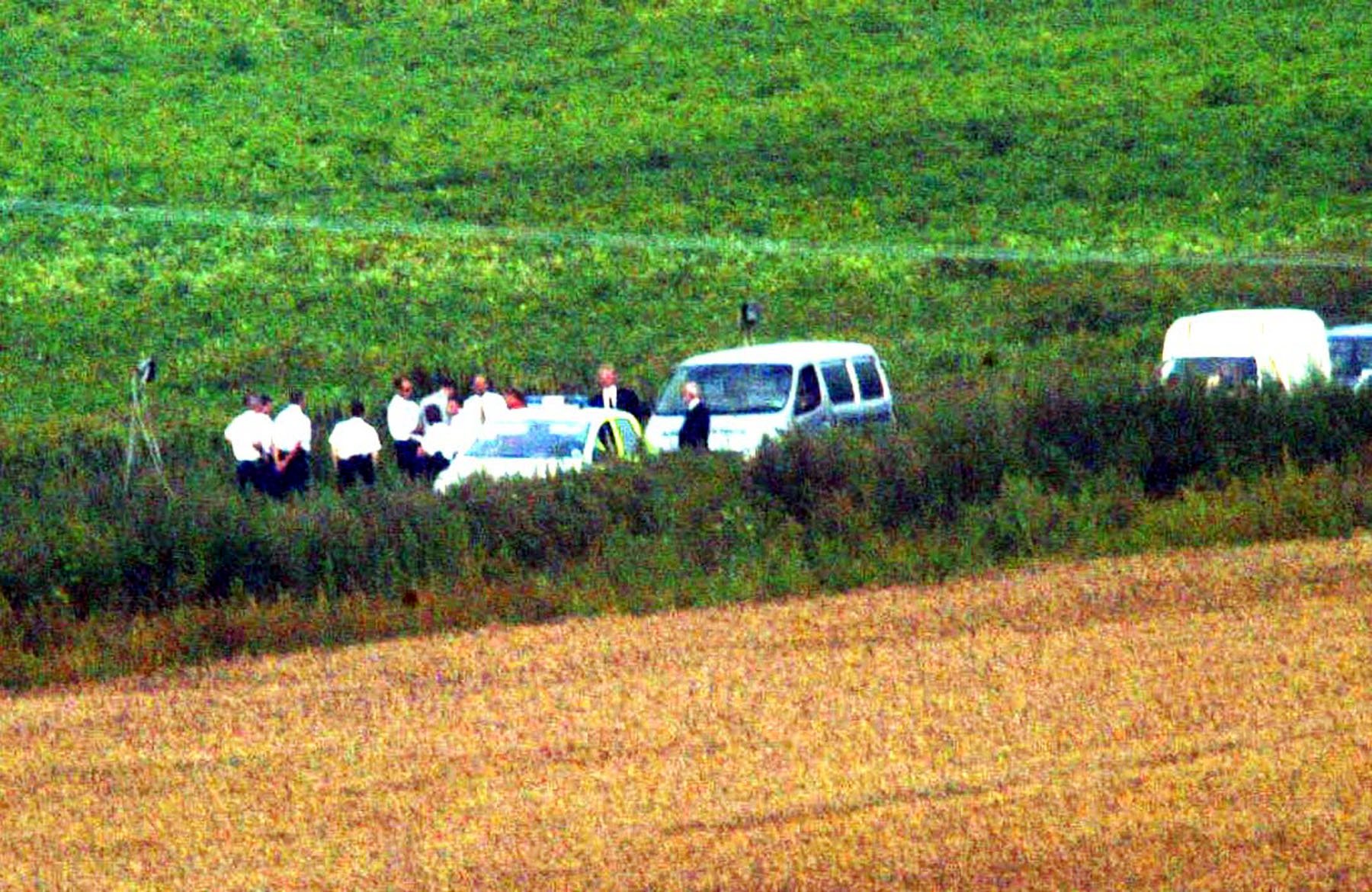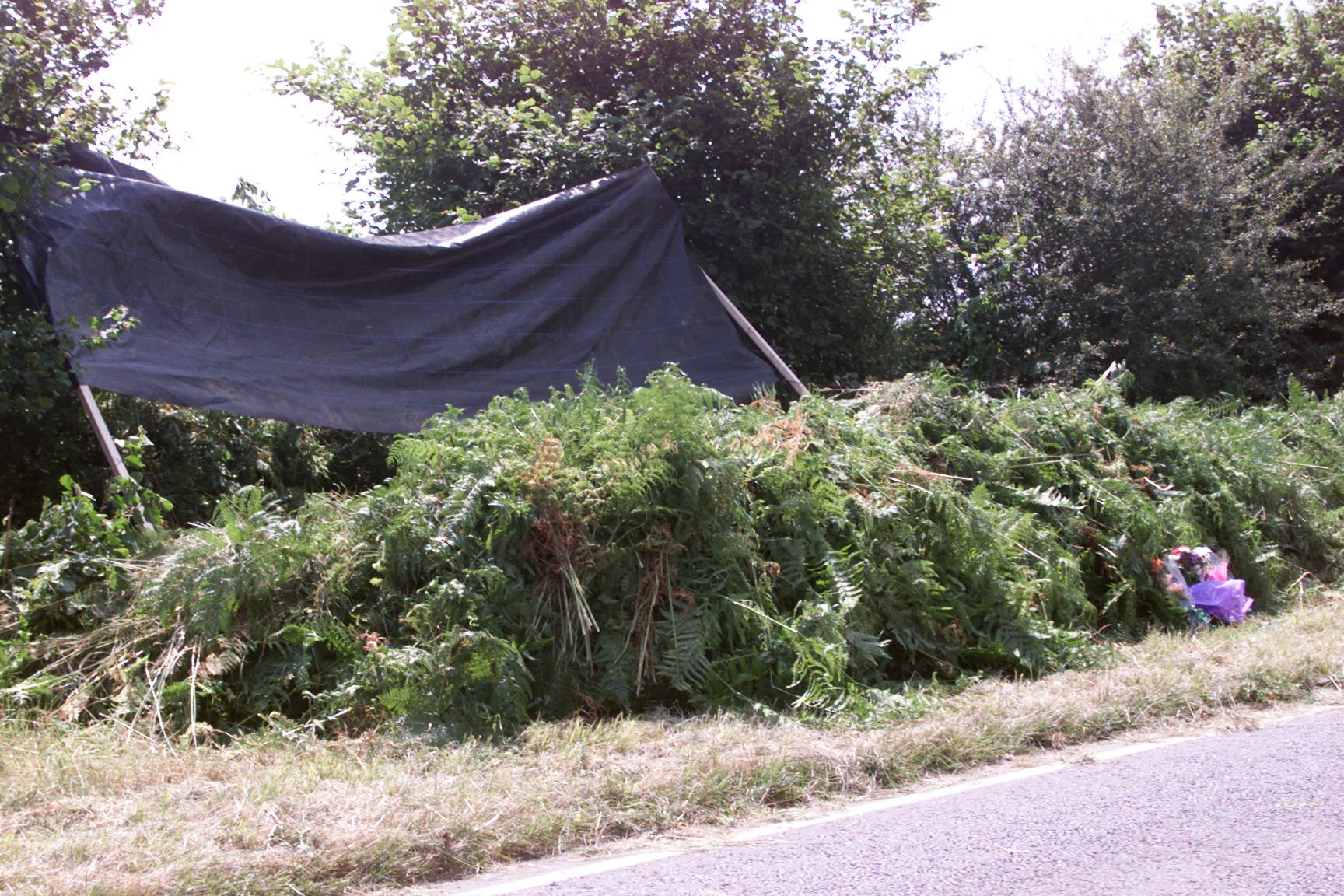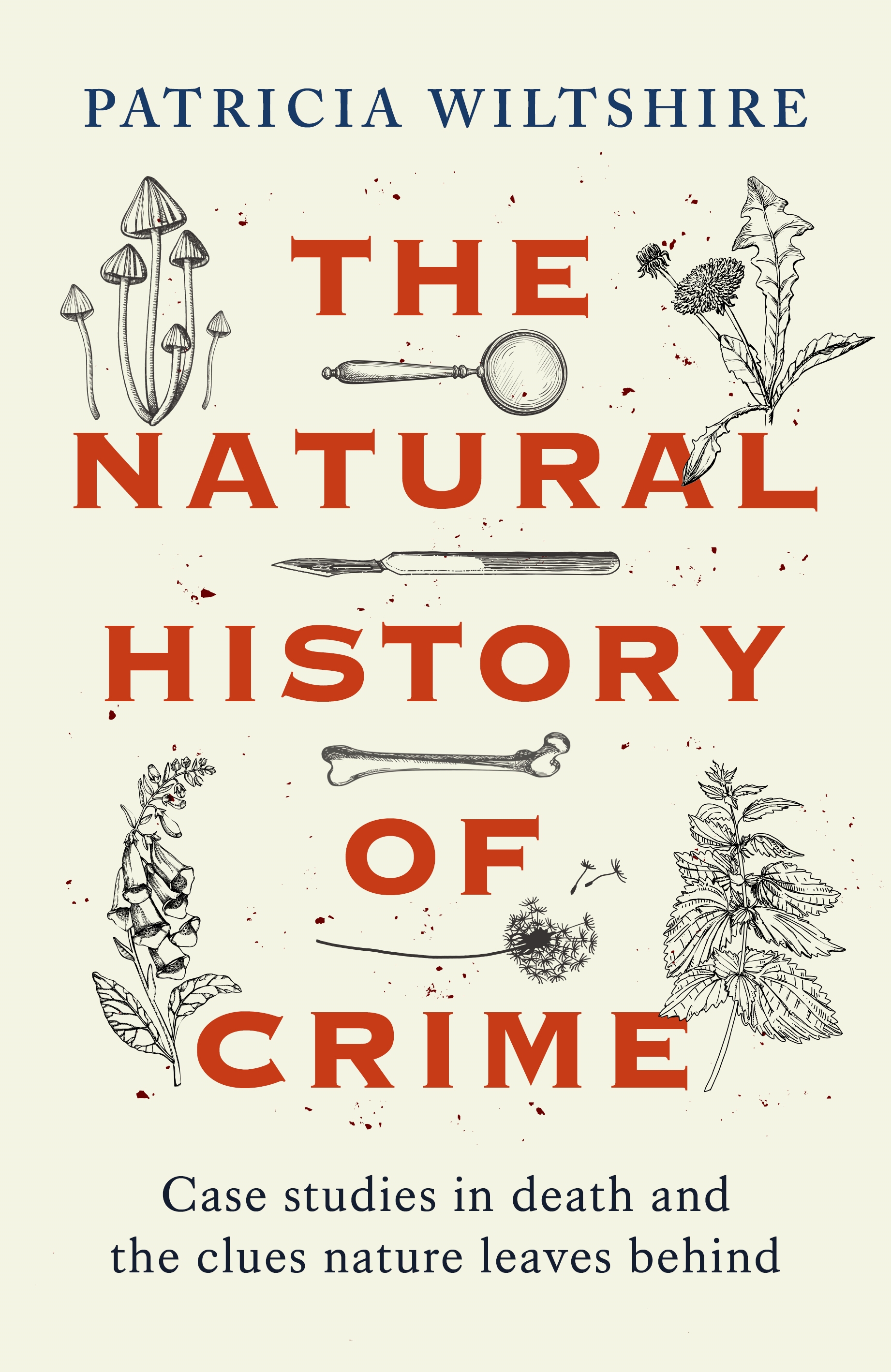IT was the trace of pollen on Ian Huntley’s shoes that eventually helped crack the mystery of the sickening Soham murders.
Forensic ecologist Professor Patricia Wiltshire had studied every inch of the scene after the bodies of Holly Wells and Jessica Chapman were discovered in a grassy ditch in Suffolk in 2002.
It was thanks to the experiments of the expert, dubbed ‘Pollen Pat’, that police were able to determine nettles had been trampled 13 and a half days before the grim discovery.
Patricia also linked evidence found on the shoes and vehicle of suspect Ian Huntley to that in the ditch, leading to his eventual conviction over the murders in 2003.
Over the past three decades, the professor has aided 300 criminal investigations using her expert knowledge of plants, pollen and soil — helping to nail some of Britain’s most notorious killers including Roy Whiting, Suffolk Strangler Steve Wright and Levi Bellfield.
She also helped to snare evil Roy Whiting, who kidnapped and murdered eight-year-old Sarah Payne, by matching pollen, spores and soil his clothes to the site where he buried her in July 2000.
He was jailed for life in December 2001 after being found guilty of her abduction and murder.
In her new book, The Natural History Of Crime, Patricia recounts the painstaking work and details that helped bring killers to justice.
She told The Sun: “All these horrible things are in little compartments in your mind. These little drawers have been opened and all the stuff came out.
“That was quite shocking in a way, to have to remember things when I thought they’ve been put away.
“When I had to remember it, to write it, all the jagged spikes came back — and that was quite hard.”
In exclusive extracts, she here tells of how she investigated the chilling Soham murders and the sickening killing of Sarah Payne.
Holly Wells and Jessica Chapman
I well remember it was the ‘no news’ time of high summer. People were away enjoying themselves, life was uneventful, and the country seemed calm.
It all changed on that sweltering day of the fourth of August 2002, when the news broke of the disappearance of two pretty little girls.
Just over two weeks since the girls had gone missing, I received the critical call that all of us had been dreading yet expecting.
Two decomposing bodies had been found in a ditch.
Finding the critical approach path was quite easy. I could see that nettles, grasses, hedge woundwort, and other plants had been trampled.
As I looked up, I saw a long hair glinting in the sunlight, hanging from a twig on one of the bushes bordering the path.
If the hair had been plucked from a ten-year-old child, they must have been carried aloft on someone’s shoulders, otherwise their head wouldn’t have reached the branch.
The simplest explanation was that this long hair had come from a girl, and possibly Holly or Jessica, and if the hair still had its root, identification could easily be achieved by DNA analysis. It wasn’t blonde and, indeed, DNA later proved to be from Jessica’s head.
After seeing that hair, I was even more confident that someone had recently created this now almost imperceptible path in the verge, and the likelihood was high that this was the offender approach path.
The CSIs could now do their fingertip searching for any clues left behind by whoever had carried those children to their resting place.
I was aware that there was a steep earth bank leading down into the bottom of the ditch, so I was being careful not to tumble, but when I got to the edge and looked in, I stopped in my tracks.
I stood motionless and stared; a flush moved up my body into my face and I was only faintly aware of the activity of police officers. I was enveloped in my own stunned hush.
I very much doubt that any other person will ever have witnessed quite what I did when sitting in that ditch that day.
Soham murders explained
IN 2002, the disappearance and murders of school friends Holly Wells and Jessica Chapman horrified the nation.
The pair, both aged 10, were school friends who lived in Soham.
Holly was the daughter of parents Kevin and Nicola Wells, and Jessica was born to parents Sharon and Leslie Chapman.
At the time, Ian Huntley was living at Five College Close, in the same town with his then girlfriend Maxine Carr, a teaching assistant in the two girls’ class.
The pair were lured into school caretaker Huntley’s home after he claimed his partner Maxine Carr was in the property.
During a two-week appeal to find the girls, Huntley gave TV interviews and joined in searches while his then-girlfriend Carr gave him a false alibi.
The former classroom assistant kept up the lie for two weeks until it emerged she was at a club with another man.
Nearly two weeks later, Holly and Jessica’s remains were discovered in a ditch at an air base 14 miles away at Mildenhall, Suffolk.
Huntley was convicted in 2003 of the girls’ murders and is serving two life terms.
Carr was jailed for perverting the course of justice and released in 2004 with a new identity.
The girls’ bodies lay close to, and alongside, the footmarks leading down into the ditch, and the hawthorn tree immediately above, and the shrubby plants alongside them, were burnt to a crisp.
But it seemed to have been a flash burn rather than a lingering fire as the damage to the canopy was partial and some of the foliage was showing some recovery.
The flames had been high, though, because the canopy of the tall, over-arching hawthorn had been severely affected by them.
It struck me that the girls were lying in a green cathedral of a place, and it was quite dark because of the brooding, dominating alder trees overhanging the site. I listed every species of plant I could find in and around the ditch.
We were able to confirm Ian Huntley’s murderous involvement by virtue of the botanical trace evidence I retrieved from two pairs of his shoes
Professor Patricia Wiltshire
I had to concentrate on anywhere the murderer might have stood, as well as the place his vehicle had been parked while he put the little girls into the ditch.
The car, the shoes, and even clothing, would have picked up pollen-laden soil particles from the ground, as well as fresh pollen and spores, and even seeds and other bits of plant evidence from the vegetation growing in the vicinity of the ditch; I would need to retrieve them.
I tried to imagine where the wheels and doors of an average-sized car had been positioned such that access to the ditch was at its easiest, and I consulted one or two of the police officers.
We all agreed where the vehicle might have stopped in relation to the offender pathway, and I made sure that I took plenty of individual samples from the very surface of the two soils all around the imaginary car that I could see in my mind’s eye.
I particularly concentrated on where feet may have trodden in relation to front and back doors and the boot, and carefully recorded the positions of my samples. I already had my little bags of surface soil from the foot impressions leading down into the ditch.
Not long after Huntley was arrested, the police asked me to examine the remains of the red football shirts that had been found in the sports hall at the secondary school. They wanted to know if they could be linked to the ditch where the children’s bodies had been found.
I had expected the girls’ football shirts to need palynological analysis for pollen and spores to reveal any vegetation they had contacted, but there was no real need for that as there was so much plant debris sticking to the jersey fabric.
I very much doubt that any other person will ever have witnessed quite what I did when sitting in that ditch that day
Professor Patricia Wiltshire
Key species were easily visible without even the need for a microscope, and we were at once struck by the abundant female seed ‘cones’ of the alder tree (Alnus glutinosa).
The red football jerseys had alder cones sticking to their fronts, backs, and sleeves, and this suggested that they had lain directly under, or close to, alder trees.
We picked off more macroscopic plant debris from the shirts and, when we put the results together in a spreadsheet, it was easy to see that they reflected the place where Jessica and Holly had lain.
We were able to confirm Ian Huntley’s murderous involvement by virtue of the botanical trace evidence I retrieved from two pairs of his shoes, his car, and two plastic petrol cans.
Sarah Payne
The whole of south-east England seemed to be under scrutiny, and everyone was on the lookout for this little girl – two weeks on, she was still missing.
I needed to visit the abduction site, and carefully examine the vegetation and soils all around the place as soon as I possibly could.
I also needed to obtain samples of soil and vegetation so that I could compare any microscopic evidence with whatever I retrieved from the belongings of an offender.
As I looked directly past the gate entrance into the bare farmland soil, I could see the tree with the swinging rope at the other end of a faint field-edge path.
To the right and immediately next to that footpath in the soil, probably created by the children, was a long boundary hedge with typical hedgerow plants such as hawthorn, hazel, elder, bramble, and ivy.
In the one visit, I identified and counted thirty different species of tree, shrub, and climber, and forty-one herbaceous plant species.
Murder of Sarah Payne
SARAH Payne was abducted and murdered by paedophile Roy Whiting when she was just eight years old.
The horrific killing in 2000 drew public attention and saw Whiting locked up for life following a police investigation.
Sarah was abducted and murdered as she played hide and seek with her brothers in a cornfield near her grandparent’s home in West Sussex.
After 17 days of searching her body was found in a field, around 15 miles from where she disappeared in Kingston Gorse.
Whiting was convicted of both charges by a jury at Lewes Crown Court in 2002, after a trial lasting almost four weeks.
In 1995 he abducted and sexually assaulted an eight-year-old girl. He admitted charges of abduction and indecent assault, and was sentenced to four years in prison.
At Sarah’s trial the judge said a psychiatrist who saw Whiting after his 1995 attack warned he was a high risk repeat offender.
The fields had been, and still were, in some cases, planted with wheat and potatoes. If the offender had walked along the boundary hedges, the pollen or spores of any of these plants could have been picked up on his shoes and clothing.
It was imperative that I identify all the plants I could find at that place, and take samples from the ground in a line from the field gate to the grave near the hedge boundary.
The vegetation came up to the average person’s mid-calf, and from past cases I knew that pollen could reach the thigh and even higher when the sward was that high. I made a detailed inventory of the plants in that field, especially near the grave; stinging nettles were certainly to play a prominent part in the rest of the case.
In the meantime, Malcolm had delivered Whiting’s jeans and four pairs of footwear to me, and eventually I also received the red sweatshirt that Whiting was thought to be wearing when he snatched the little girl from her family.
Regarding the filthy jeans, it was obvious from the mixture of pollen and spores that Whiting had worn them to more than one place, but they were an eye-opener.
After I had calculated the results, I could hardly believe the similarity of what I knew to be at the site and what was on both parts of his jeans; and what was of interest was that the profiles contained pollen and spores in both poor and excellent condition.
This suggested that some of them were at least partially decomposed and had probably come from the grave soil, while others looked fresh and as though they had been transferred from fresh vegetation.
The hedgerow plants and the big oak were represented, along with masses of grass, a considerable amount of bracken, and a remarkably unusual abundance of nettle pollen.
The amount of nettle pollen was truly remarkable; I had never seen so much on any item of clothing in all the years I had been involved in this work.
The last item from Whiting to give up its secrets was the red sweatshirt. Although other places had certainly been contacted by that garment, the profiles overwhelmingly matched the vegetation of the grave site in the range and abundances of pollen of the plants seen growing there.
As well as pollen from the field and the hedge, both the back and front of the sweatshirt yielded enormously high levels of stinging nettle pollen.
The Natural History Of Crime, by Patricia Wiltshire (John Blake) is out now, £22.
